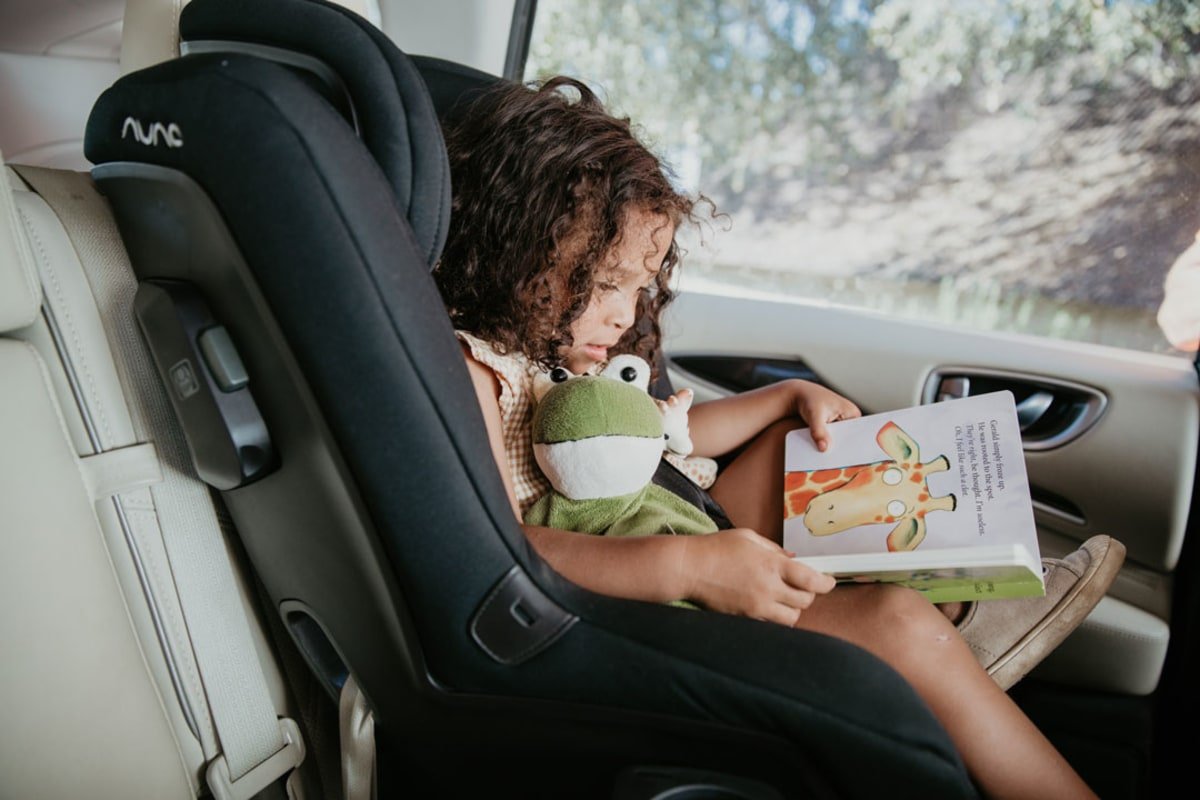
Buying a Child Safety Seat? Here’s What You Need to Know
Travelling with a baby can be a hassle. Being cooped up in the car for a long time can lead to boredom, which all too often leads to frustration and tantrums from your little one. While there’s only so much you as the parent can do to keep your child entertained on those long kilometres before your destination, ensuring they’re comfortable and looked after can go a long way to delaying the first onset of waterworks.
Key to this is the right baby car seat. When chosen carefully, a car seat can not only decrease their risk of injury in the event of a collision, but keep them comfortable and supported throughout the ride. Check out the Car Seats for (0 to 4 Years) at Mother’s Choice.
But what is the right baby car seat? That depends on you and your child! Read on and learn a few things about the different options available and make the informed choice for your little one.
Rear-facing Seats – For Infant and Toddlers

A rear-facing seat is the safest option for your little one when they’re at their youngest and most vulnerable. Offering the highest level of protection, a rear-facing seat is mandatory for children below six months and recommended up to the age of four. How quickly your child grows will determine when you switch away from the rear-facing seat, as often children can become cramped or uncomfortable when their legs grow too long.
Additionally, different manufacturers may stipulate maximum weights and heights for their rear-facing baby seats – take note of these when considering your purchase and throughout your child’s first few years.
Forward-facing Seats – For Toddlers and Preschoolers
After your child can no longer safely use a rear-facing child seat, it’s time for them to switch to a forward-facing seat. Some convertible models offer the ability to simply rotate and pivot the seat between these two states, but in some cases a whole new seat may be required.
Children between the ages of six months and seven years old have the option of riding in a forward-facing seat, with the time to switch determined by the child’s rate of growth.
Booster seats – For School-aged Children

All older children and school-aged children who have outgrown their forward-facing seats should use booster seats. Available for use by children over the age of four, a booster seat should be introduced when the child’s height and weight has exceeded the safety limit for forward-facing baby car seats. More technically referred to as a belt-positioning booster seat, these devices help to ensure the seat belt functions correctly in the event of a crash, working to arrest their forward movement safely. Children should continue to use a booster seat until they are at least 145cm in height. Continue to refer to the guidance provided with your booster seat to ensure that it is adjusted for them as they grow.
Seat belts – for Older Children
Seat belts are generally sized for adults, only providing the appropriate level of protection for users exceeding 145cm in height. Once the seat belts fit correctly the child may not need any other safety seats. Many children will not fit in a seat belt when they are under the age of 13. The lap and shoulder seat belts are the best and provide the most protection.
We hope that these tips can help you to choose the best safety seats for your children. If you are a soon-to-be parent, consider contacting a certified passenger safety technician for more information.




